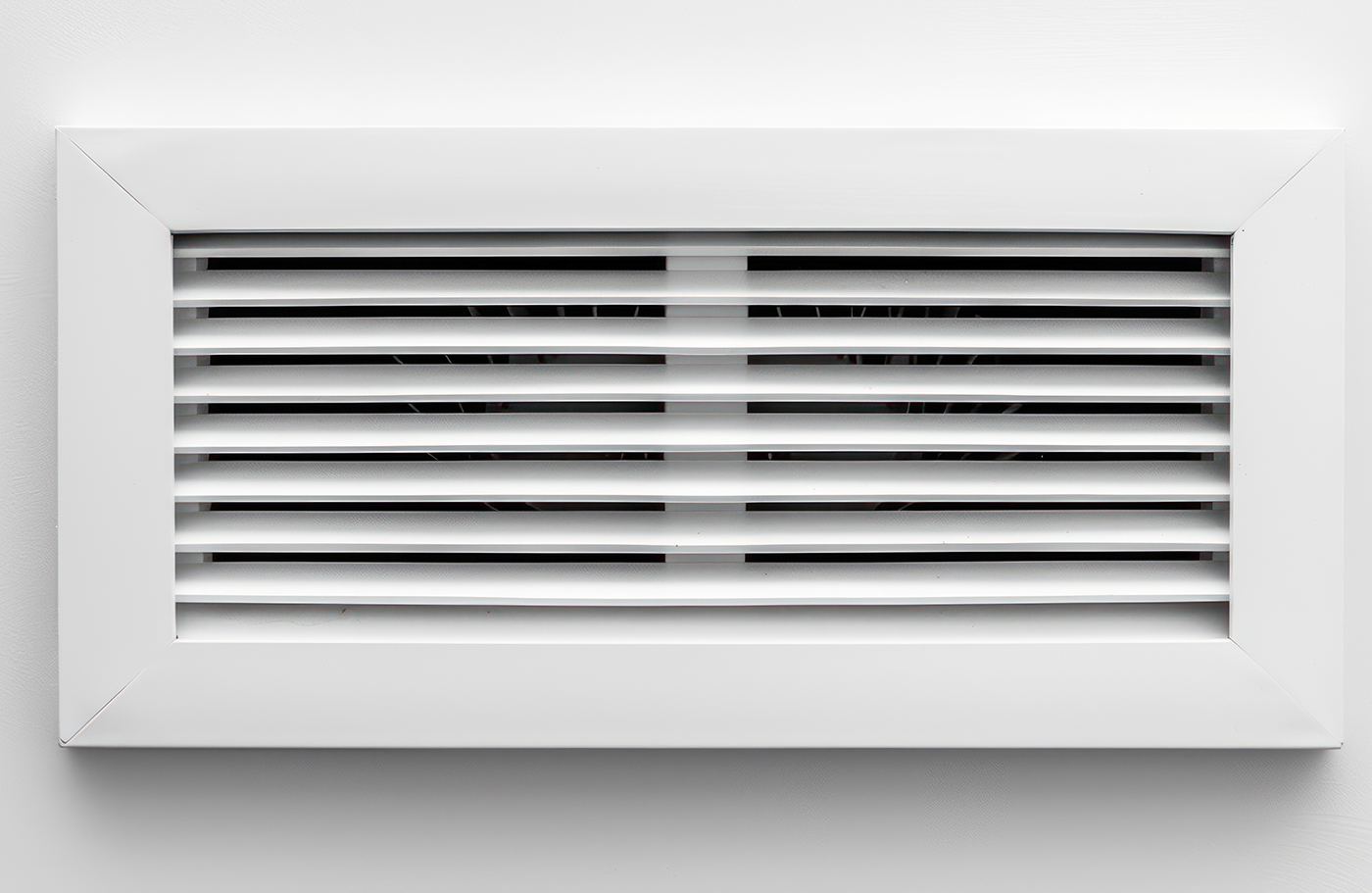A Day in the Life of a Ventilation Tester
With new build properties becoming increasingly airtight, ensuring adequate ventilation is more important than ever. This is not only a requirement under the building regulations, but it is also vital for mitigating potential health and safety risks associated with poor indoor air quality for building occupants, both in new build and existing properties.

Why is ventilation testing important?
Ventilation testing is vital for ensuring the safety of indoor environments. Proper ventilation plays a crucial role in maintaining a healthy atmosphere by removing contaminants, regulating humidity, and ensuring adequate airflow.
Buildings without adequate ventilation are more likely to have problems with mould, condensation, and damp. All of which have a negative impact on occupant’s health and wellbeing.
For more information on the important of indoor air quality, read our recent article: The importance of ventilation in homes

When does ventilation testing take place?
New Build
In England and Wales, ventilation systems are covered in Part F of the Building Regulations. In Scotland, this is covered in Section 3 of the Building Standards Technical Handbook. In Northern Ireland, this is covered in Technical Booklet K.
Each of the above provides a set of minimum standards for new ventilation systems, covering areas such as determining appropriate types of controlled ventilation, minimum performance standards and commissioning procedures to ensure ventilation systems operate correctly.
A ventilation test is typically one of the last assessments to take place once a property has been constructed, alongside an airtightness test. This is an essential step that should not be overlooked and can often be seen as the last piece of the jigsaw.
Those already offering on-site testing, as well as SAP calculations/assessments, will find that ventilation testing can complement these areas well, with a significant number of providers now offering these services as a package.
Don’t forget Retrofit projects!
In retrofit projects, especially those involving insulation upgrades, ventilation must be carefully assessed and, if necessary, improved to avoid unintended consequences. Recent updates to PAS 2035 have introduced clearer expectations around ventilation assessment and documentation meaning there is a growing opportunity for Ventilation Testers to work in this area.
What is a typical day like for a ventilation tester?
To find this out, we asked Ewan Macfarlane, Owner of MacFarlane Surveying and Construction. Take a look at his responses below:
How long have you been a Ventilation Tester and why did you decide to move into this field/line of work?
“I’ve been a ventilation tester for 7 years. The work fits well with our other activities and testing on site. Ventilation has been in need of certification for a long time and the industry is now looking to include this service as part of the completion process.”
Can you briefly describe what a typical day looks like for a ventilation tester?
“A large part of being a ventilation tester is pre-site discussion. This ensures that when you attend site you can successfully undertake the testing and certification required. Once you have a good base knowledge and are well organised, you can efficiently complete the ventilation testing.”
What are the most common issues you find during assessments?
“I believe that the industry is behind when it comes to ventilation. From my experience working in this area, we are still finding that ventilation provision is not adequate, both at the design stage and on site. This is why being well organised is essential before visiting a site.”
What tools and technologies do you use to conduct assessments?
“We carry out all our assessments using 3D modelling software and our inhouse spreadsheets. They enable us to accurately model and calculate the ventilation provision and performance.”
What role does ventilation play in overall building health and occupant well-being?
“Building regulations now have a direct focus on health, wellbeing and the comfort of building users. Ventilation is a key aspect of this ongoing process and is vital to mitigating any issues caused by poor indoor air quality.”
What are the biggest challenges you face in your role?
“A major part of our activities include trying to inform and educate our customers and help progress the industry forward. The Industry is way behind when it comes to understanding compliance.”
What do you enjoy most about your role?
“I enjoy knowing that, when we eventually certificate a ventilation provision, it will be fit for purpose and should ensure that the occupier has no further issues. This is very reassuring and rewarding.”
What advice would you give to someone considering a career in ventilation assessment?
“I enjoy the interaction and discussions with designers and contractors, as well as the ability to be proactive and customer focused in my work.”
Become a Ventilation Tester
For more information on how to become a ventilation tester, the training involved and the Elmhurst competency scheme, visit our training and scheme pages by clicking the buttons below.
VIEW TRAINING PAGE > VIEW SCHEME PAGE >
